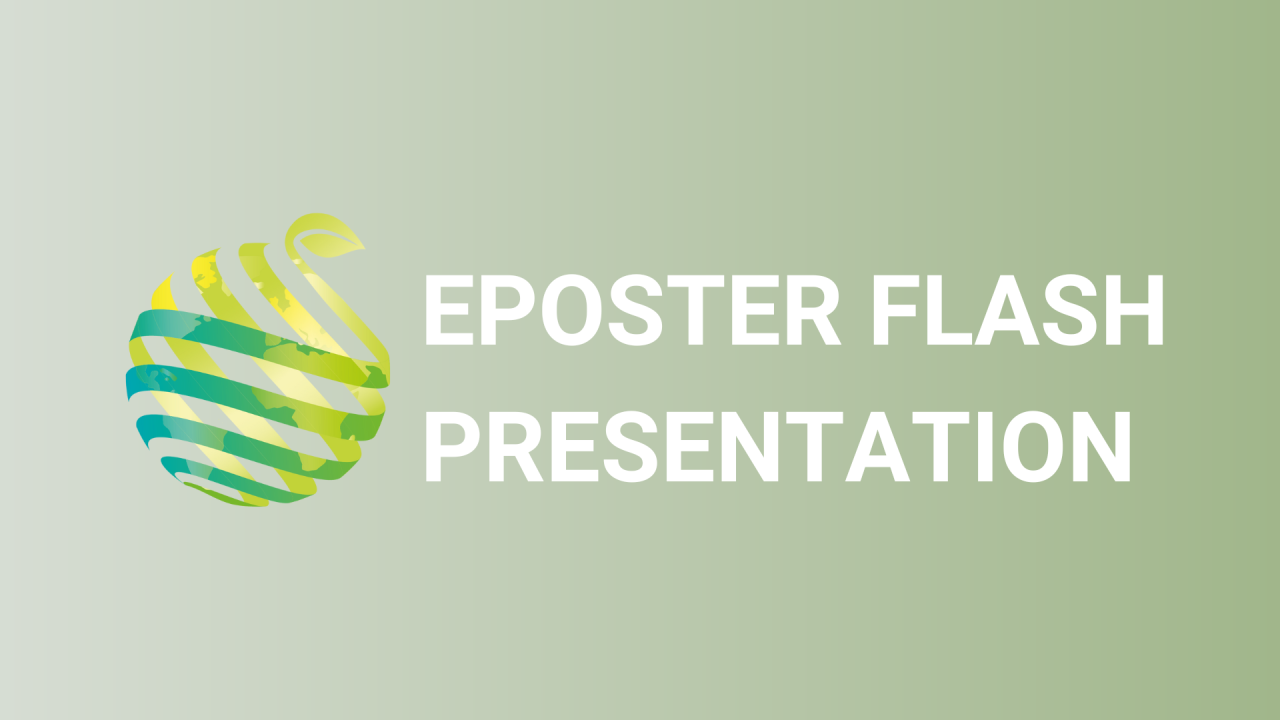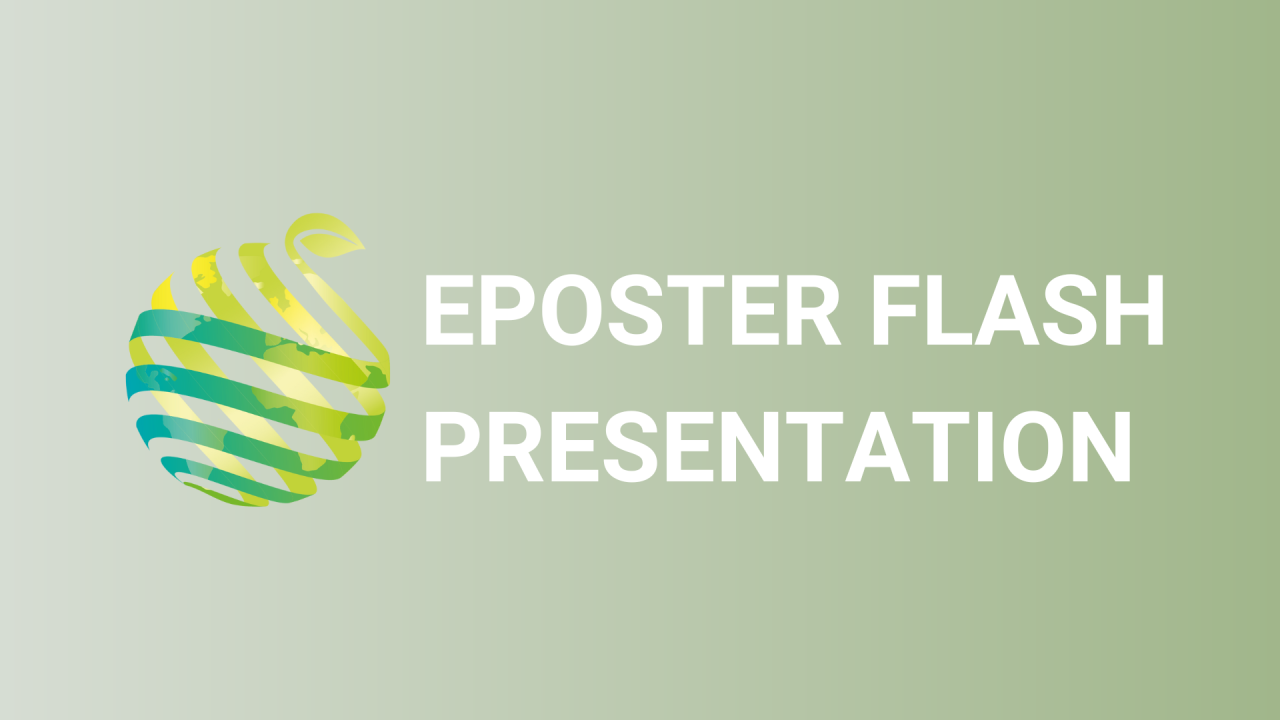

S12 - Session P3 - Validation of a simple canopy conductance model for estimating transpiration of different citrus species under non-limiting soil water conditions
Information
Authors: Ncamsile Shongwe *, Nicolette Taylor, John Annandale
Improved estimates of transpiration (T) in citrus orchards are important to sustain production, especially in areas with limited water availability. Citrus trees exhibit stomatal control over T; with transpiration mainly modulated by canopy conductance (G c ) and vapour pressure deficit (VPD), suggesting that these would be important parameters in any citrus water use model. A study was therefore conducted to calibrate and validate the simple canopy conductance model of Villalobos et al. (2013), in different citrus species of different canopy sizes, grown in summer and winter rainfall regions of South Africa. The species used in the study were: 'Star Ruby' grapefruit, 'Midknight' Valencia, 'Valley Gold' Mandarin and 'Nadorcott' Mandarin. The aim of the study was to evaluate this alternative method for estimating T of citrus to address the uncertainty of using a demand-limited model, such as the crop coefficient approach for estimating transpiration in citrus species, where transpiration has been proven to be supply limited. In all the experimental orchards, T was measured with the heat ratio sap flux density method. In all orchards the model was found to be more reliable for estimating monthly transpiration than for daily estimates. On a monthly time step, acceptable statistical criteria were observed, the Wilmott index of agreement (D) > 0.8, mean absolute error (MAE) < 15%, the root mean square error (RMSE) < 2.5 mm day -1 and R 2 > 0.70. However, discrepancies were observed on a daily time step, particularly under conditions of low atmospheric evaporative demand. The good estimates of monthly T suggest that the model could be useful for making strategic decisions regarding water management practices and planning. Improvement is needed for better estimates of daily T as such estimations are equally important for tactical decisions, such as irrigation scheduling.